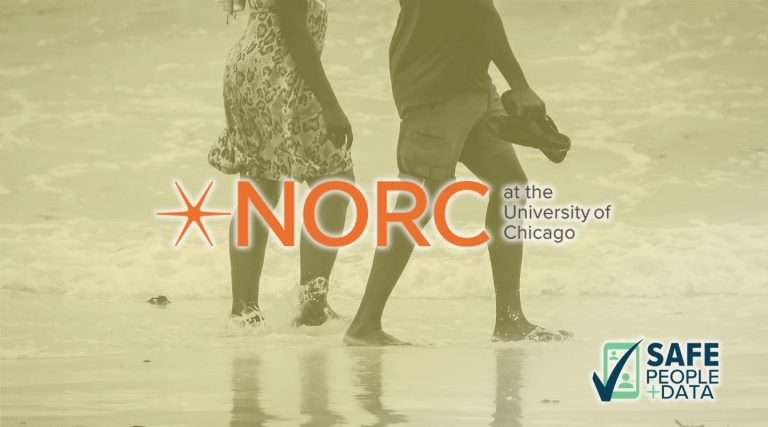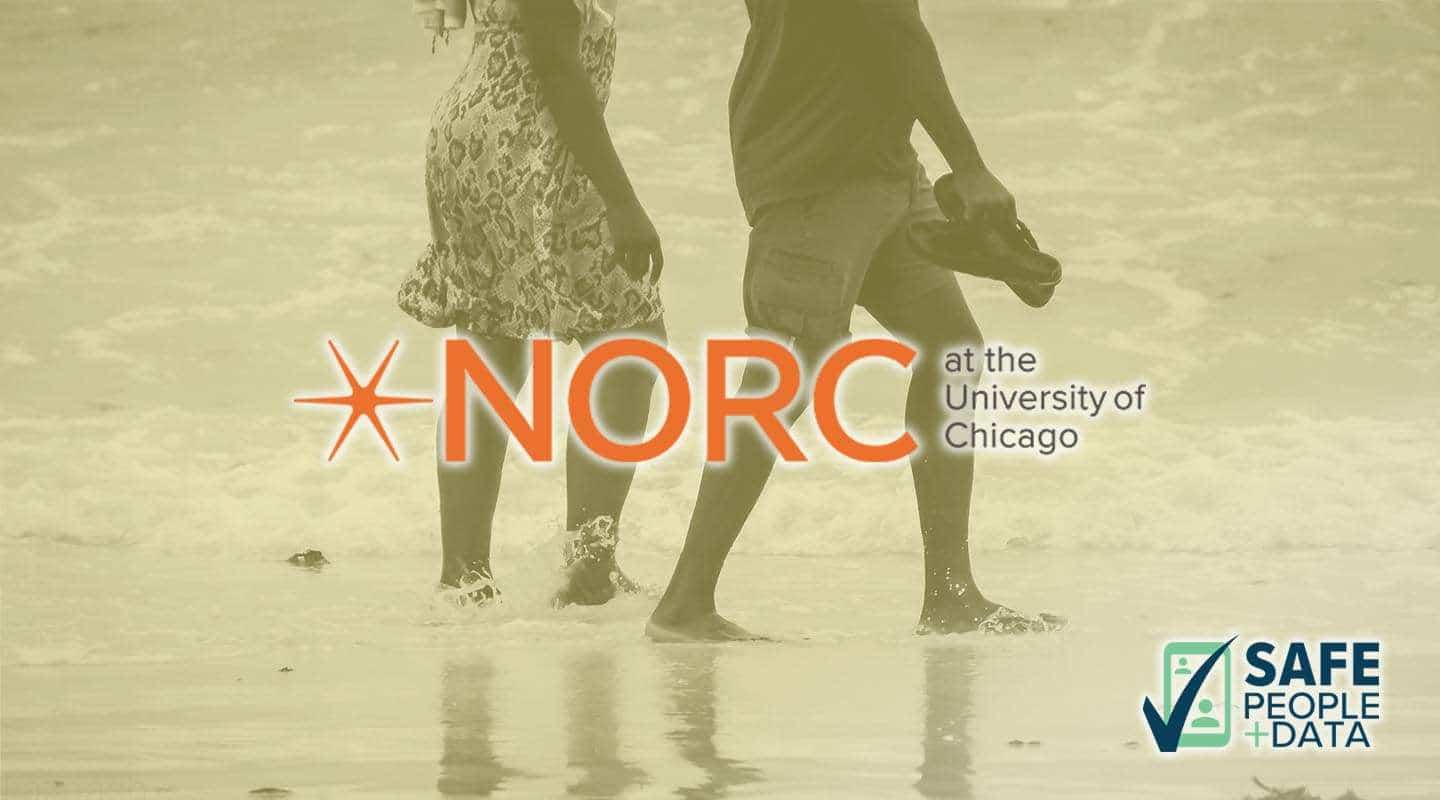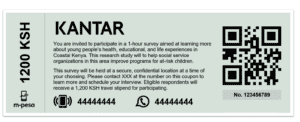How NORC measured commercial sexual exploitation in Kenya using SurveyCTO


Meet NORC
NORC at the University of Chicago is a nonpartisan research organization committed to delivering objective analysis to government, corporate, and nonprofit organizations around the world, helping to inform policy and decisions that affect everyone. NORC is known for their groundbreaking work in the long-running General Social Survey, along with hundreds of yearly studies and developing innovative research methods to advance scientific integrity and collaboration.
Offices: United States (headquarters in Chicago, Illinois, at the University of Chicago)
Sector: Higher education
Use case: Academic Research
Employees: 3,000 employees
Features used: Server datasets, barcode-scanning
Website: https://www.norc.org/
The Challenge: Sampling for sensitive data collection
In 2021, NORC undertook a study to measure the prevalence of Commercial Sexual Exploitation of Children (CSEC) in Kenya. The project’s funding came from The Global Fund to End Modern Slavery, through the U.S. State Department’s Office to Monitor and Combat Trafficking in Persons.
Given the extremely sensitive nature of the study’s subject, NORC researchers knew that obtaining a true sample of victims of child sex trafficking in Kenya would be difficult. Traditional probability-based sampling strategies, like household surveys, are limited when applied to hidden populations like victims of child sex trafficking. Respondents are difficult to find, and the nature of the questions being asked makes victims unlikely or unable to take part.
To effectively sample from this population and gather actionable data, NORC used a method called respondent-driven sampling (RDS), which involves incentivizing survey respondents to recruit people they know to also participate in the survey. This “snowball-like” process is then combined with a mathematical model that weights the sample to account for bias introduced by the sample being collected in a non-random way.
Besides determining if someone had indeed been a victim of child sex trafficking, the NORC study also aimed to determine how a minor might first become trafficked, what other parties were involved, the conditions they are facing and if they have symptoms of post-traumatic stress disorder.
To recruit and incentivize minors in key Kenyan towns to participate in the survey and invite their friends to do the same, NORC decided to provide respondents with a monetary gift of 500 KSH for each eligible person that a respondent referred to who successfully enrolled in the study.
While this process was determined to be promising, it was also complex. This was a project that would require a highly reliable data collection platform with a unique set of features.
The Solution: SurveyCTO enabled efficient respondent-driven sampling
NORC was able to obtain high-quality data using RDS and financial incentives by employing SurveyCTO’s server dataset feature and barcode-scanning capabilities. Survey participants received coupons with QR codes. These codes both provided the monetary incentives to participants, and tracked their connection to the friends they referred to the study.
This is how the process worked:
- NORC provided a coupon with a QR code to an initial set of respondents that they were able to recruit.

2. Those respondents’ coupons were scanned at the beginning of their interviews, and cross-referenced with a server dataset in SurveyCTO that managed coupons. Coupons that were not issued or were already redeemed were not accepted by the dataset. This was achieved by using the calculate field in the SurveyCTO survey form to identify whether a coupon code has been redeemed. If the coupon has already been redeemed, a respondent could not advance with the survey.
3. The three referral coupons given to the respondent at the end of his/her interview were also scanned at the end of the interview. This meant those codes were “attached” to that respondent’s survey record, registering those codes as valid in NORC’s SurveyCTO-based database.
The coupon was also able to trigger transfers of KSH (Kenyan currency) to respondents using M-Pesa, an African mobile money service.
The Results: Measuring a hidden population of exploited young people
Using QR codes and SurveyCTO’s dataset and form programming features supported the following benefits to NORC’s project:
- Managing interview logistics: NORC created a phone screener survey to enable field data collectors (enumerators) to confirm that a respondent’s coupon was indeed valid over the phone before traveling to do an in-person interview. This reduced unnecessary travel and saved time.
- Simplifying enumerator training: Having QR scanning as a built-in capability of the SurveyCTO platform means technical training for enumerators is easier.
- Monitoring in real time and easier collaboration: Because everything is published live into the SurveyCTO dataset, the project managers could immediately see coupons being redeemed and understand how the process was working.
Due to a smooth and efficient system, NORC was able to measure this hidden population of exploited minors in Kenya to obtain accurate information on the prevalence of child sex trafficking in the area in two studies from 2021 and 2022.

